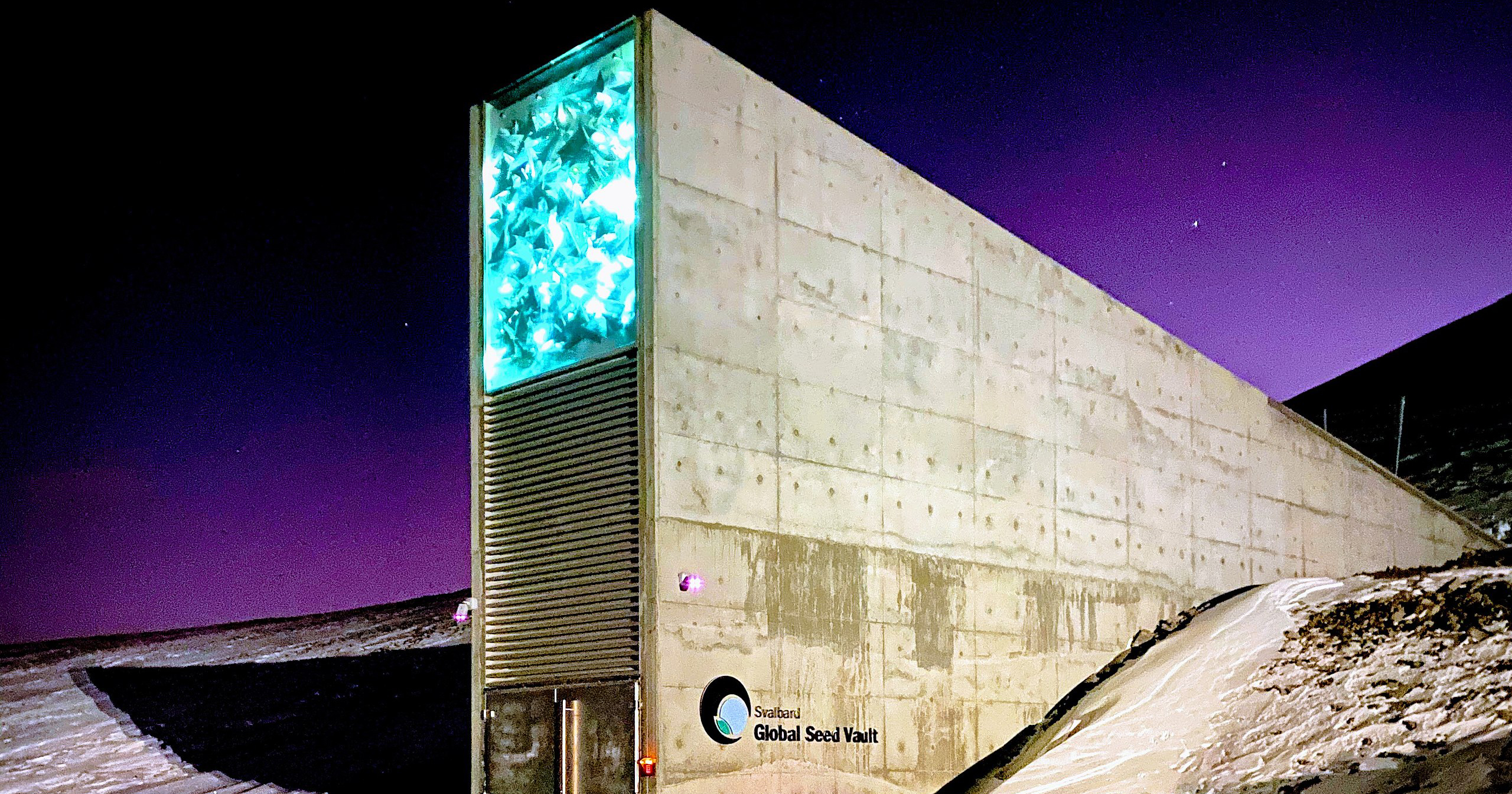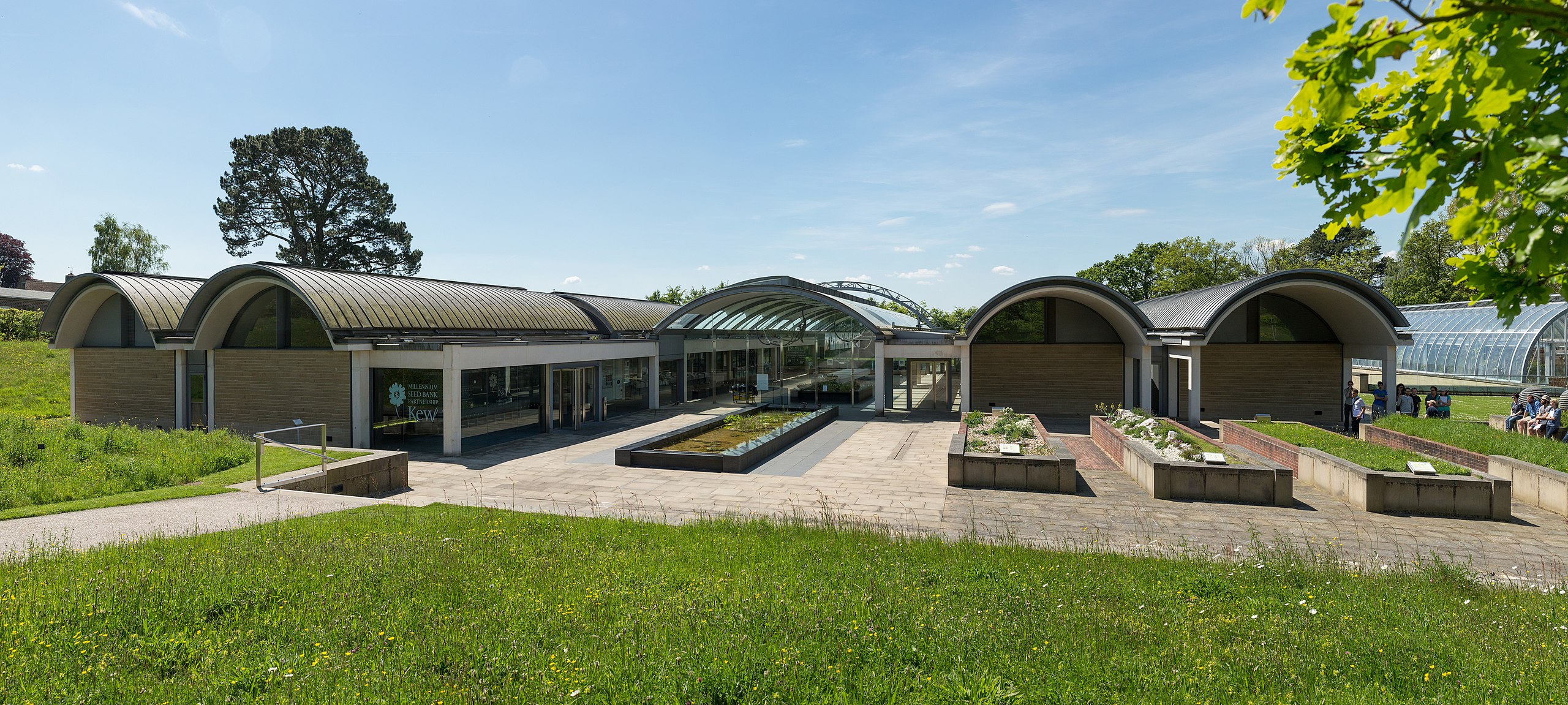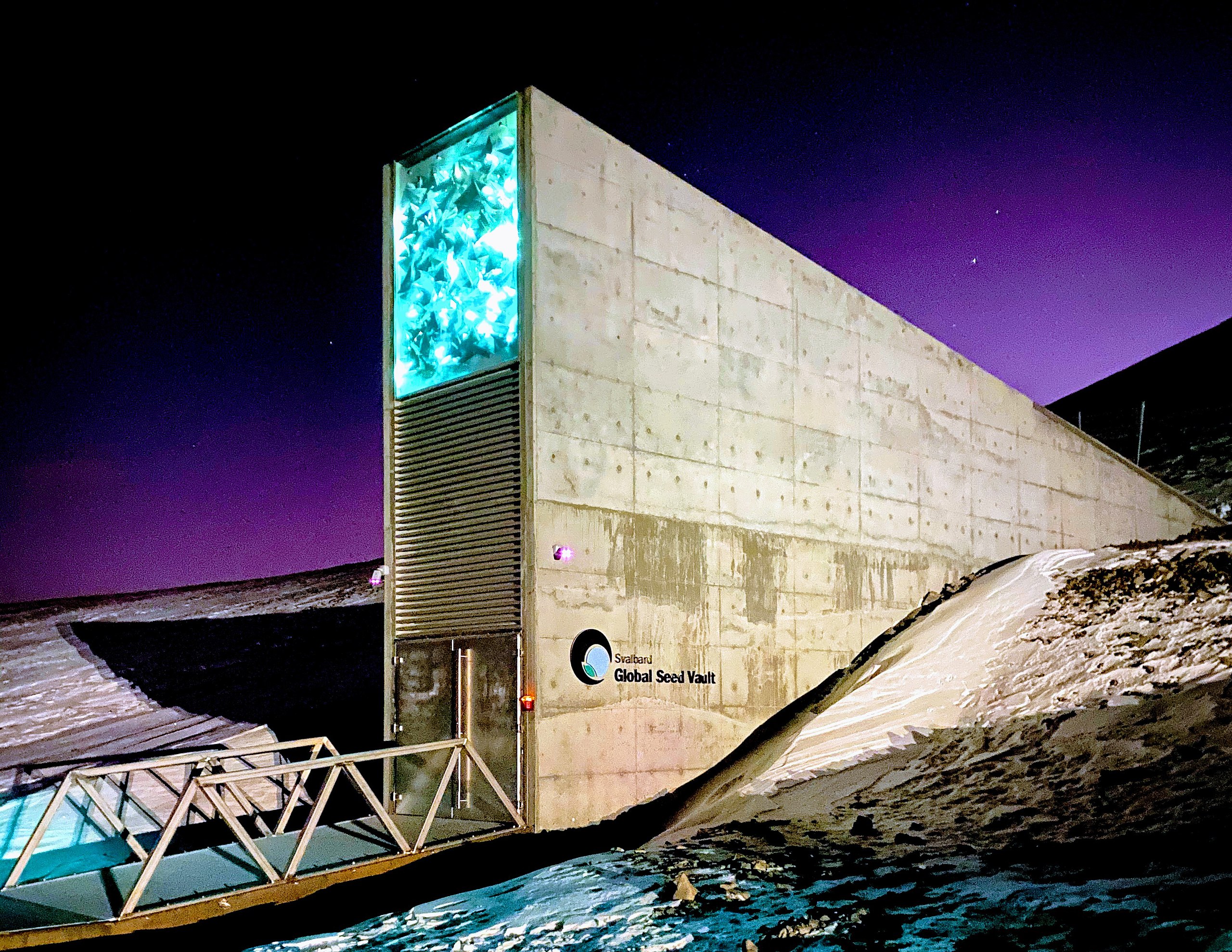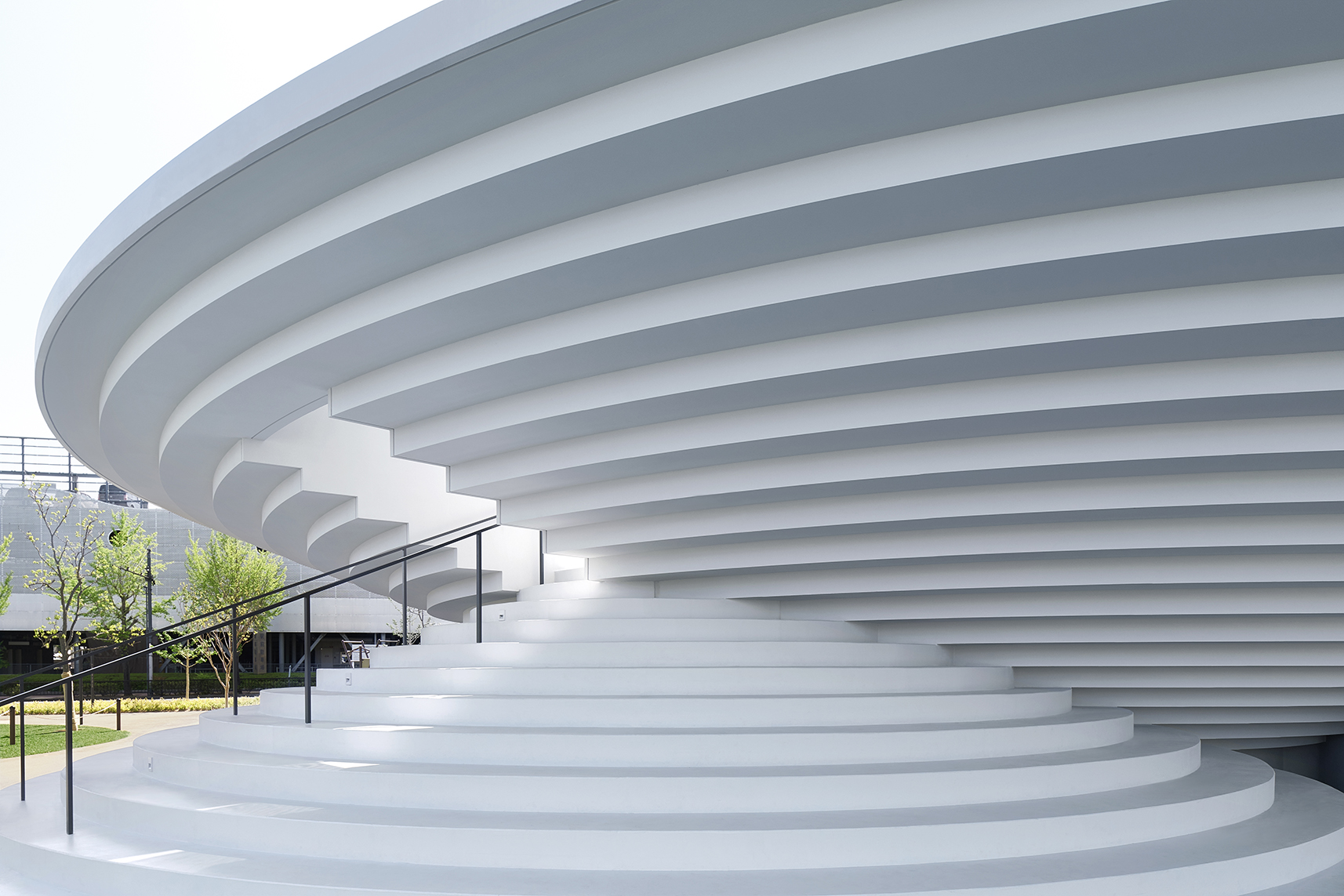The latest edition of “Architizer: The World’s Best Architecture” — a stunning, hardbound book celebrating the most inspiring contemporary architecture from around the globe — is now shipping! Secure your copy today.
Throughout the history of humankind, we have endured big and small natural disasters. Even though technologies never stop developing, it is impossible to get control over disasters. We have to cope with them instead. This article includes both built projects and concepts that are designed to help humankind prepare for the uncertain future. They inspire us, foster our imaginations and remind us of our vulnerability.
Preserving Biodiversity: Seed Bank
While many imagine doomsday scenarios centered on a single event, environmental catastrophe is also an ever-present slow-grind. We have already witnessed the loss of many species and continue to do so at a staggering pace. Some extinctions are caused by natural disasters, some by human activities and some by environmental changes resulting from human activities. Moreover, the disappearance of one species often affects the whole ecosystem in which the species used to be involved. They are, therefore, valuable resources for us to learn about the world.
There are seed banks around the world that store seeds of existing species for future uses. The Millennium Seed Bank in Sussex, UK is one of the largest. It occupies a site of nearly 60,000 square feet and features a series of vaults. Under the vaults are laboratories, the visitor center, educational facilities and residential areas. The processing of specimens and seeds remains transparent in the glazed labs around the public areas. Dried seeds stay in storage on the underground level under strictly controlled temperatures and humidity.
While MSB combines seed storage and public education, Svalbard Global Seed Vault keeps seeds away from human activities. Hidden in a remote hillside of Svalbard, Norway, the Seed Vault contains seeds of crops from around the world. The building is a refuge-like structure with the entrance being the only visible part from the outside. A tunnel leads to the three seed chambers built deep into the hillside. The mountain acts a natural shelter for the precious seeds. Together with the cold climate of Norway, it also helps maintain the temperature of the storage cool and consistent.
Living With Rising Sea Level: Floating City
Besides endangered biodiversity, rising sea level is another issue that we have to face. The sea level is predicted to rise by another foot by 2050. The most straightforward impact on humans is the reduction of habitable land. In the last century, Japanese Metabolism imagined modular urban units that can float on water. While a floating city sounded too conceptual back then, it is now considered a possible way to cope with the rising sea level.
BIG, SAMOO, UN-Habitat and the blue tech company OCEANIX are working together to realize a prototype of a floating city in the South Korean city Busan. According to the proposal, the project will comprise replicable units, functioning differently for residential, recreational, research and other uses. The city is designed to be 100% self-sufficient in energy, food and freshwater supply. Furthermore, it is supposed to be built on real floating structures that drill no foundation into the sea bed.
How can the technical team make such massive structures float and how well would the self-sufficient system work? The answers will remain secret until the project is realized.
Shelter From Earthquakes: Underground City
Earthquake seems less global than global warming and sea level rise, but it is devastating and affects many areas worldwide. The disaster causes dreadful damage to society and is almost out of control.
An imaginary picture of a “depthscraper” was put up in the magazine Everyday Science and Mechanics in 1931. The subterranean structure stage human activities underground to reduce the negative impact of earthquakes. Reading from the image, a huge reflector redirects sunlight to the underground space and a mechanical ventilation system supports the whole building with fresh air. As the whole structure would be built into the ground, it would “vibrate together” during the earthquake to “resist any crushing strain.”
The concept has since been built upon, coming to be known as an “earthscraper,” which was popularized by the Mexican practice BNKR in 2012, when they envisioned a structure that would run 65-stories (or, 1000 feet / 300 meters) below the central square in Mexico City. The structure would encircle an empty central area, ensuring that all spaces were touched by natural light and amply ventilated.
Another Planet: Homes On Mars
The imaginary earthscraper is very rough as a concept. Still, the idea of living underground appears in many science fictions as a result of escaping an uninhabitable above-ground environment. It could be long-lasting wars, powerful invading species or extreme climate changes that lead to the situation.
If we had to give up our home on the ground one day, apart from going downwards, there might be another choice – flying to Mars. MARSHA is a winning proposal for NASA’s 3D Printed Habitat Challenge. Both physical resources and human labor that can be brought to Mars are limited. Therefore, the proposed structure is made of processed Martian materials and the construction is carried out by 3D printers. Each of these capsule-like structures has two layers to cope with Mars’ extreme temperature swings and solar exposure. Research, residential and recreational functions are on four different layers of the structure.
None of the above should be a reason to exploit the natural resources as if there was a backup plan. Since ancient times, people have imagined devastating disasters that endanger the whole world. While our existence means none of those disasters has yet taken place, we are facing global issues that could eventually turn into one, where there will not be an ark that sails us to a new world.
The latest edition of “Architizer: The World’s Best Architecture” — a stunning, hardbound book celebrating the most inspiring contemporary architecture from around the globe — is now shipping! Secure your copy today.






